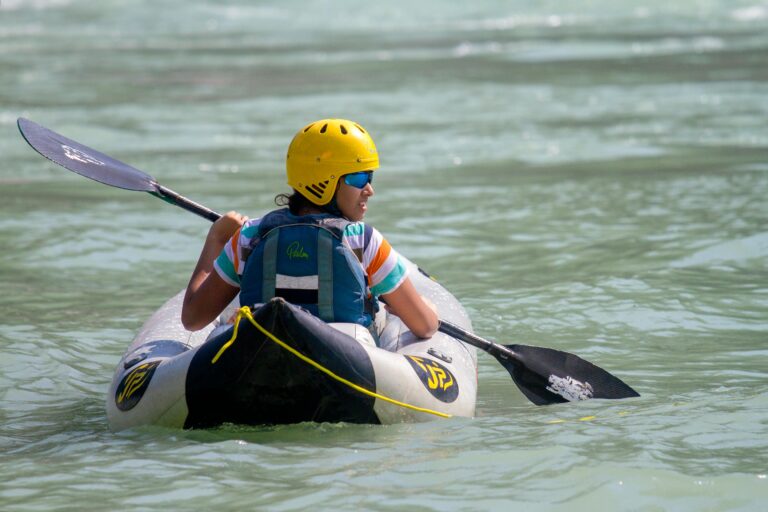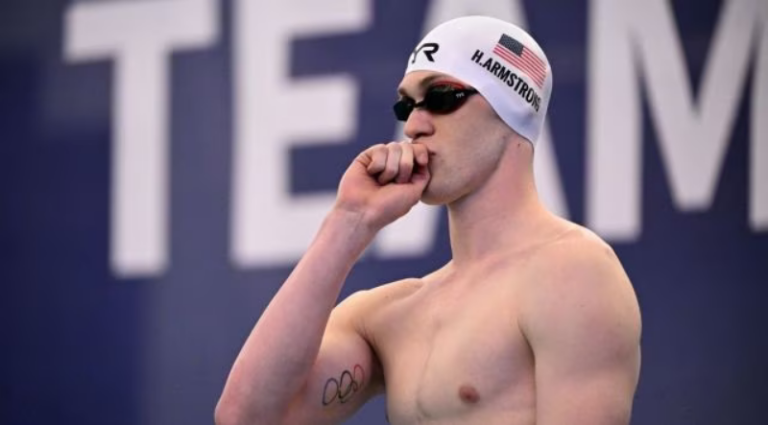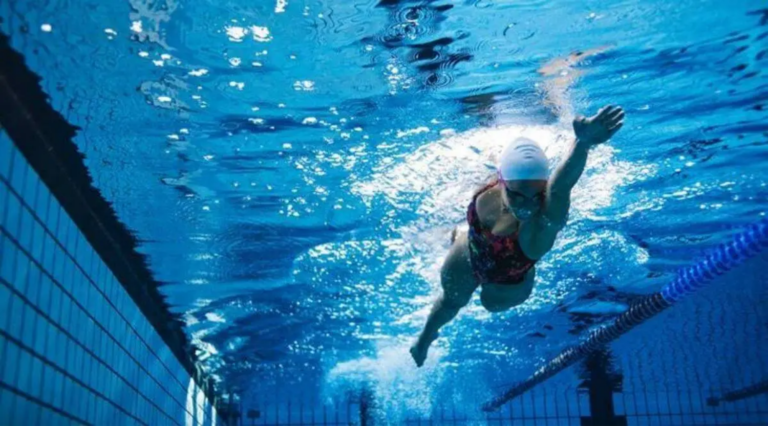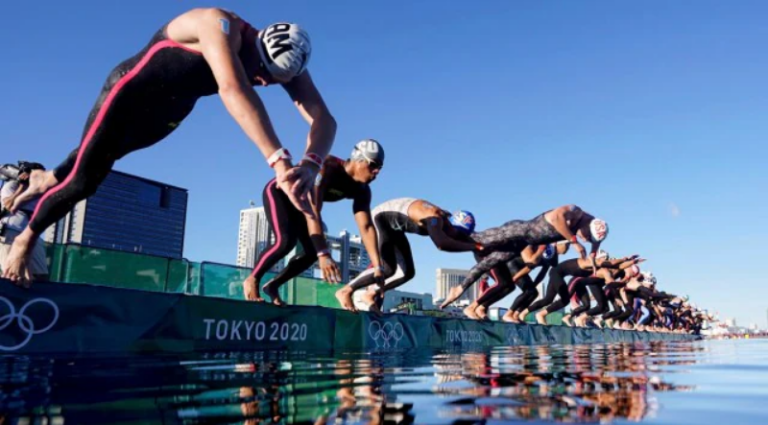The Impact of Online Betting Apps on Water Sports Enthusiasts
Online betting apps have revolutionized the way enthusiasts engage with water sports. These apps provide a platform for users to place bets on various aquatic events, including sailing, swimming, and rowing competitions. By visiting this online betting app, users can access real-time odds, detailed statistics, and expert analyses, allowing them to make informed betting decisions….



